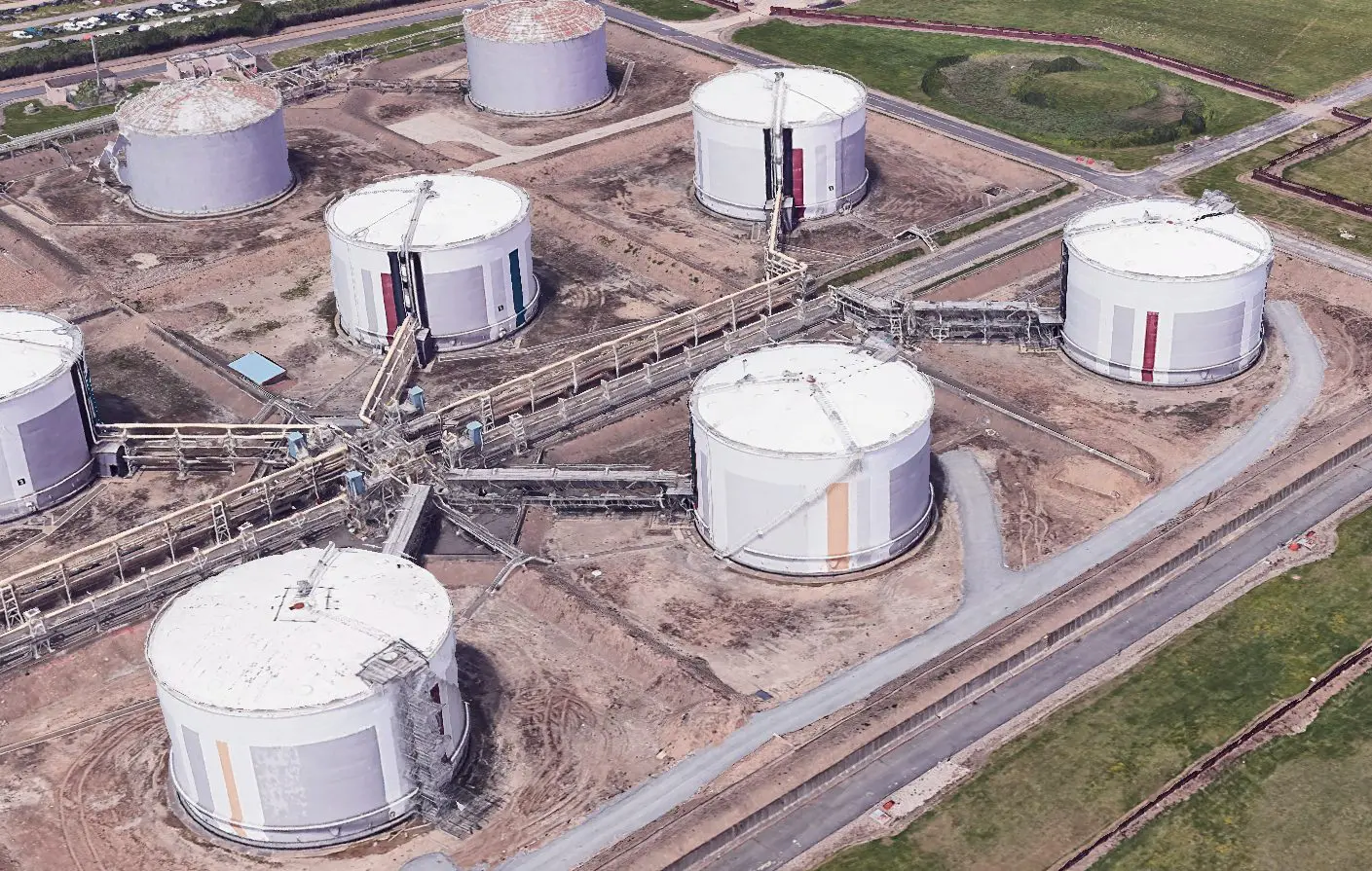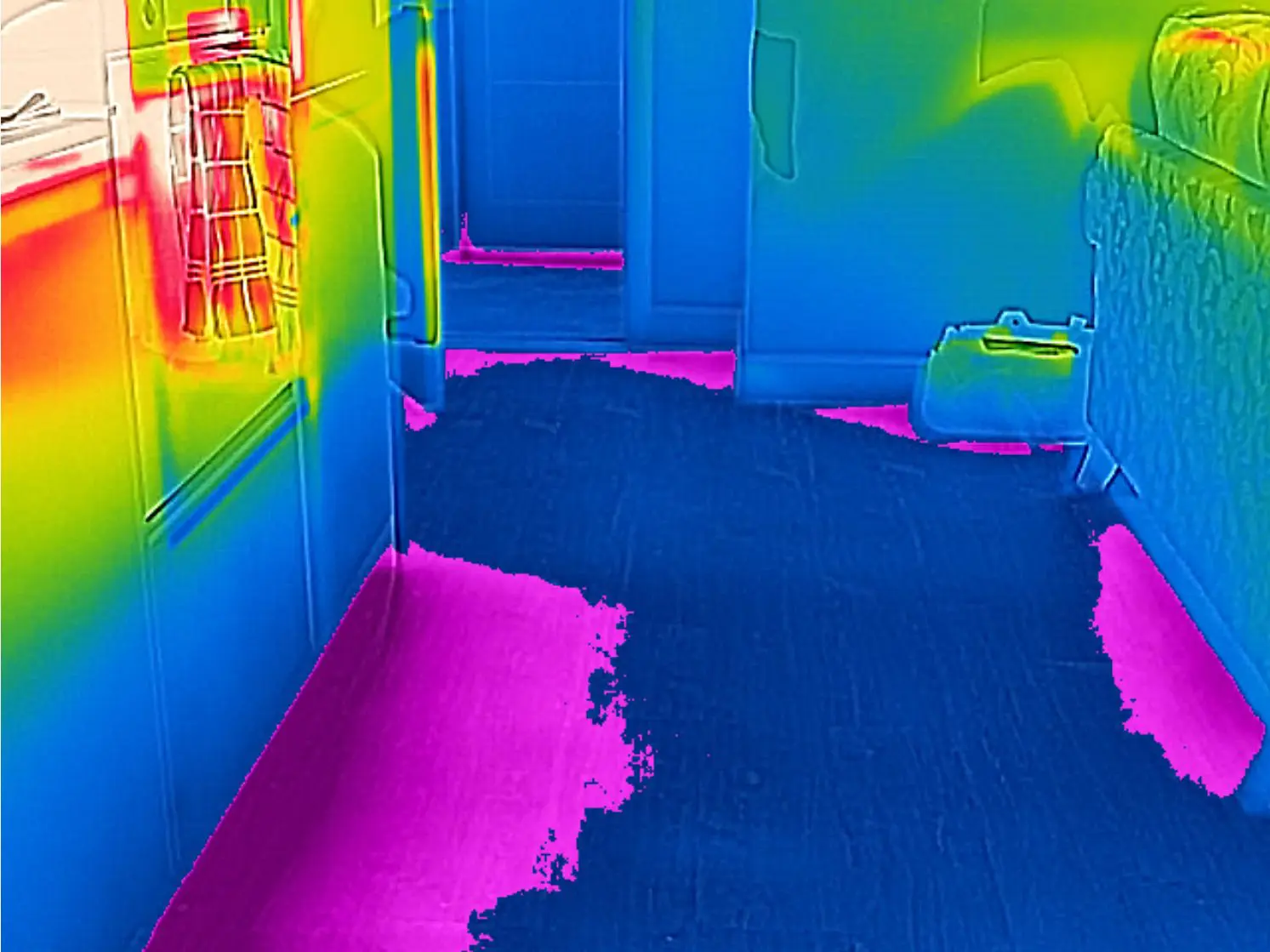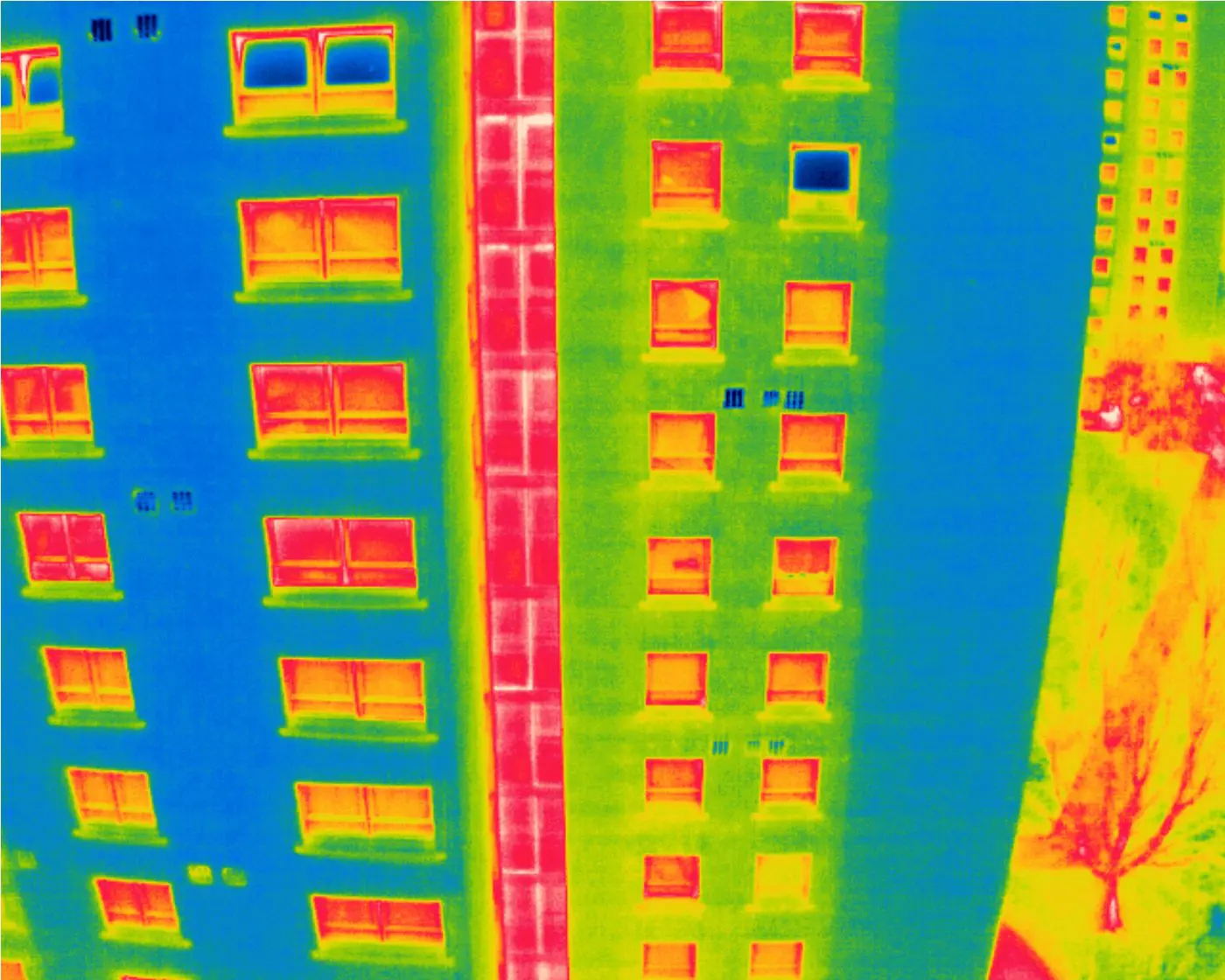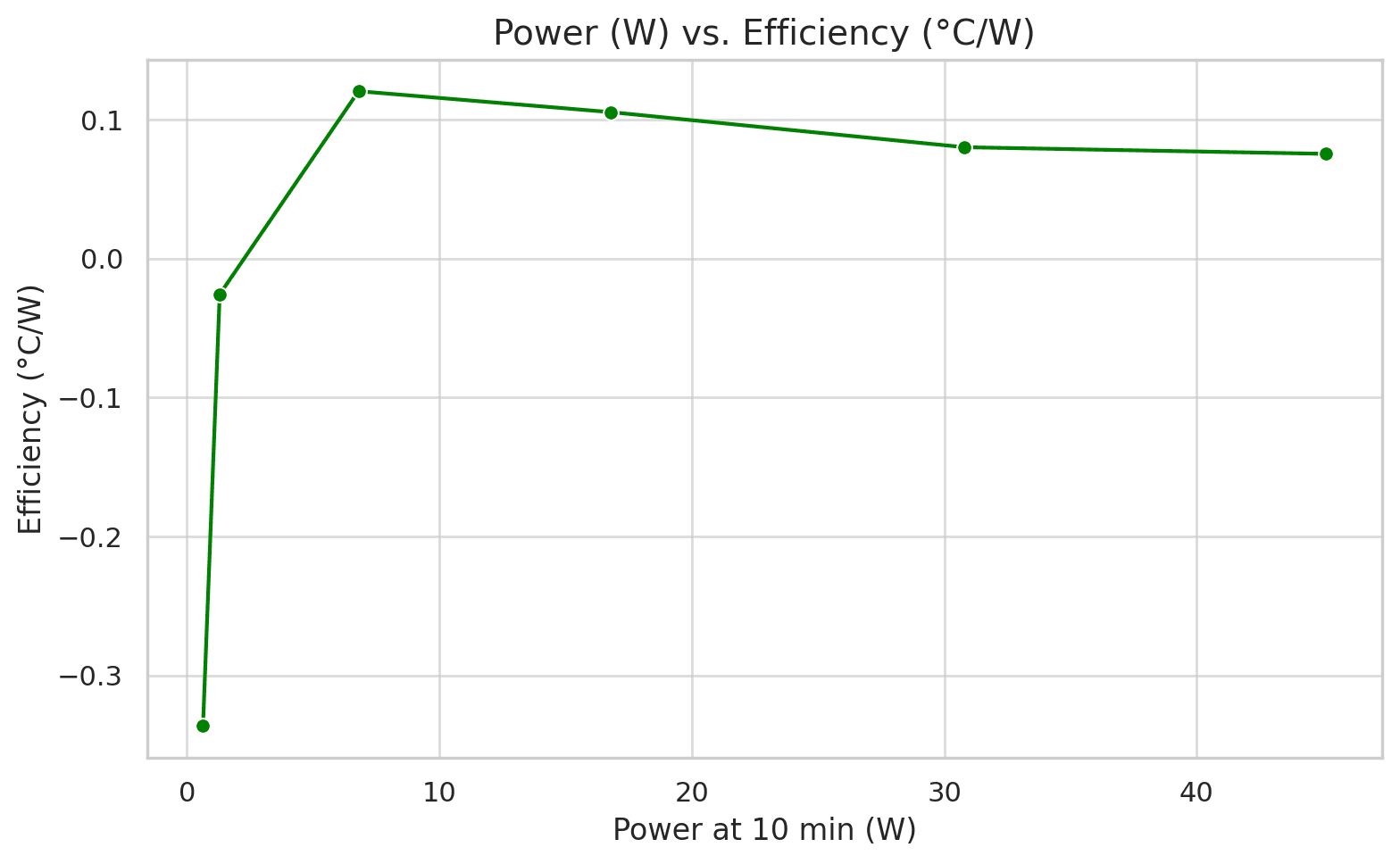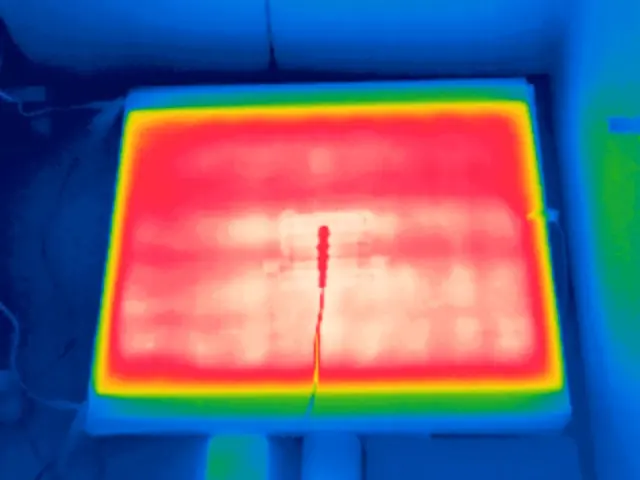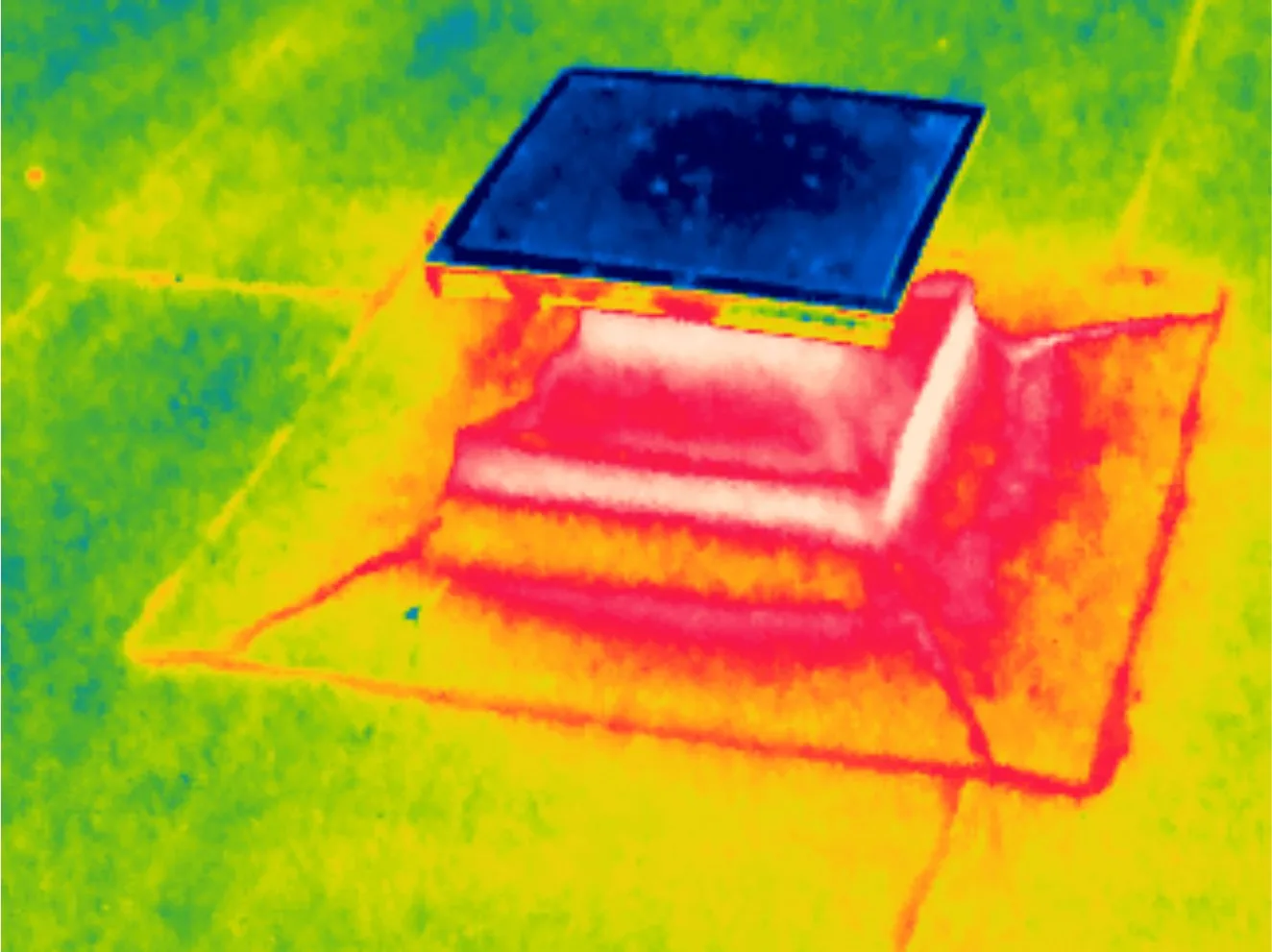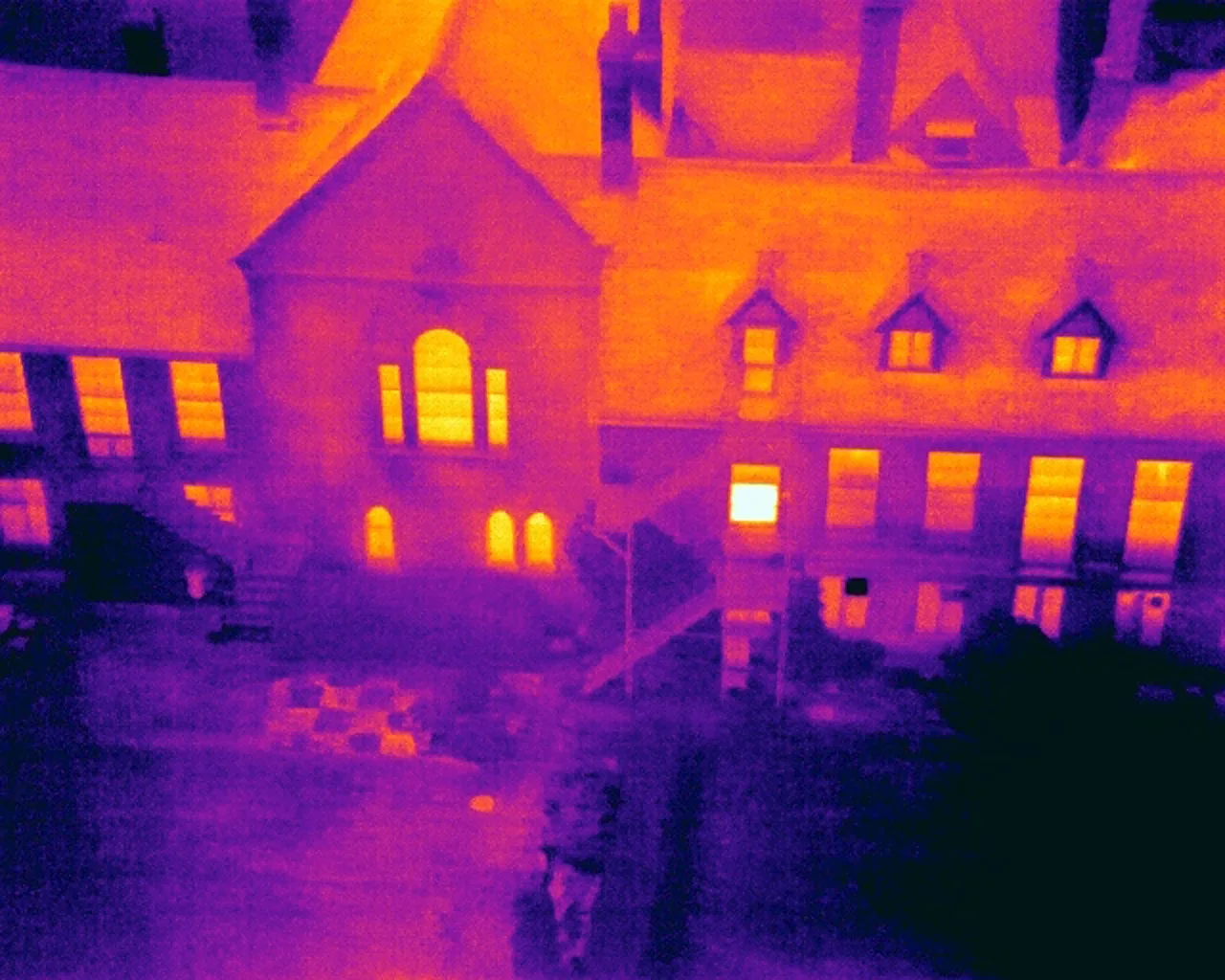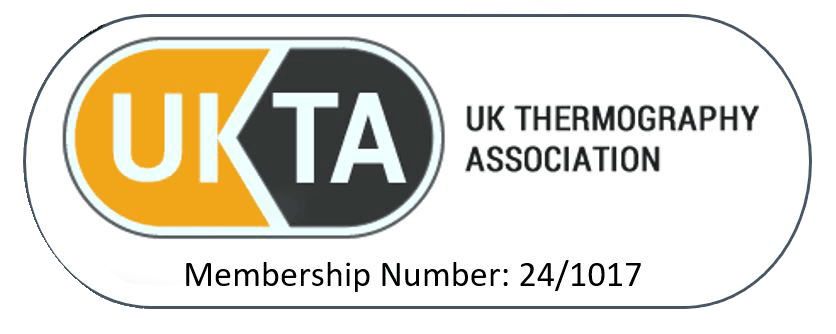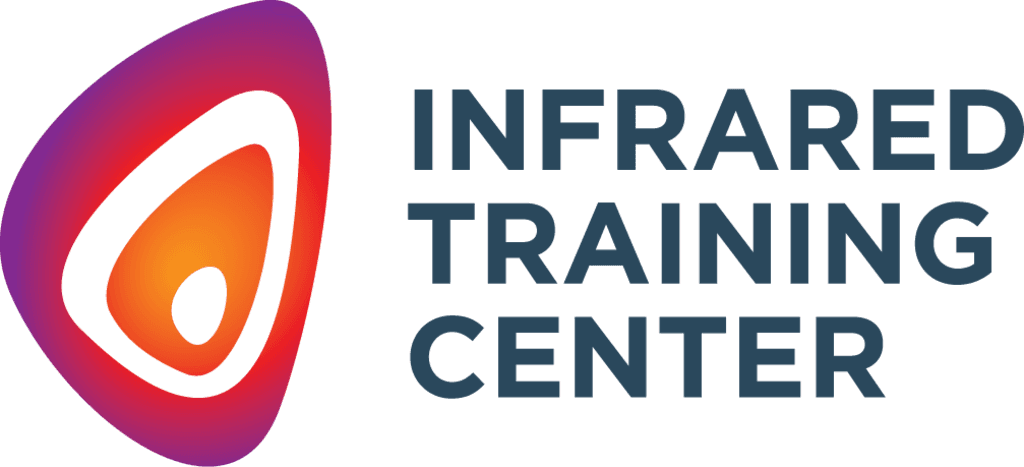Our Thermography Projects, Portfolio & Case Studies
At Thermography Services (UK) Ltd, we specialise in advanced thermal imaging solutions across a wide range of industries. We apply state-of-the-art thermography to detect faults, improve energy efficiency, and enhance safety in domestic, commercial, and industrial settings.
From solar panel inspections and electrical surveys to building heat loss assessments and fire monitoring, our expertise ensures accurate diagnostics and data-driven solutions. As Level 3 Certified Master Thermographers, we adhere to industry standards, providing clients with reliable, compliant thermal imaging reports. Explore our case studies to see how we help homeowners, businesses, and insurers make smarter, safer decisions with expert thermographic analysis.
Discover our latest thermography projects below.
A professional Level 3 thermographic review was commissioned to analyse the insulation and surface heat-transfer performance of a large refrigerated LPG storage tank. The study focused on identifying potential areas of heat loss, conduction, or insulation variability that could influence operational efficiency or indicate localised deterioration. Using calibrated infrared thermography, the assessment examined the tank’s roof, walls, and base to establish a complete temperature profile and determine whether any features required further inspection. This specialist analysis demonstrates how advanced industrial thermography can support critical infrastructure maintenance and assurance programmes. Through precise emissivity correction, temperature linear scaling, and environmental compensation, the results provided clear insight into how the tank behaves under cryogenic storage conditions. The findings confirmed stable insulation performance with no evidence of significant anomalies, highlighting the value of certified Level 3 thermography for reliable diagnostics in LPG storage and cryogenic process applications.
This thermographic case study investigates heat loss in a first-floor apartment adjacent to unheated communal spaces such as riser cupboards, a lift shaft, and an open car park. Using fixed-scale thermal imaging and environmental logging, the survey identified consistent thermal gradients leading from the apartment into colder building core areas. The findings suggest these structural elements may act as passive heat sinks, drawing warmth from the internal space and contributing to the occupant’s persistent comfort issues, despite an otherwise functional heating system.
We delivered Level 3 thermal imaging reports for three multi-storey buildings based on drone data collected by the client under our written protocol. Findings included minor glazing heat loss, thermal bridging at mullions, and potential roof moisture. The reports demonstrated strong envelope performance and clear, qualified conclusions. Our thermography analysis service helps L1 teams and drone operators collect data safely while we deliver certified reporting.
We evaluated the energy efficiency of a graphene underfloor heating panel by measuring temperature rise against power input across a voltage range of 8V to 48V. Results revealed peak efficiency at mid-power levels (20–30V) with expected diminishing returns at higher voltages. Thermography confirmed accurate surface temperature readings, providing our Client with key data on thermal performance and energy suitability for controlled environments.
We conducted a precise thermographic analysis for out client's graphene-based heating product. Applying grey-body methodology, thermal imaging and thermocouple comparisons confirmed a reliable emissivity of 0.95 across the operational range. This provides the foundation for accurate diagnostics and performance monitoring. A crucial study for emerging heating technologies.
Using advanced thermal imaging, we conducted a commercial heat loss and insulation survey for a client in Dublin. The assessment compared an older and newer building, identifying thermal bridging, air infiltration, and insulation deficiencies. Key findings included heat loss at roller doors, window seals, and structural components, with recommendations for insulation upgrades and energy efficiency improvements. This non-invasive thermographic analysis provided the client with targeted solutions to enhance building performance and reduce energy costs.
Using high-resolution thermal imaging, we conducted a detailed inspection of a commercial roof to identify potential water ingress issues. The survey revealed thermal anomalies, indicating possible moisture retention or unbonded membrane sections beneath the waterproof layer. Conducted at optimal environmental conditions, this non-invasive investigation provided GPS-referenced thermal data, enabling the client to target affected areas for further assessment. By detecting roofing issues early, this inspection helped prevent costly structural damage and ensure long-term waterproofing integrity.
Thermography Services UK conducted a detailed thermal imaging inspection of a major UK suspension bridge to assess structural integrity, identify delamination, and detect moisture ingress.
Using high-resolution infrared thermography aligned with ASTM D 4788-03, BS EN 13187:1999, and BRE 176, our survey provided critical insights into early-stage defects. The project helped inform targeted maintenance strategies to enhance longevity and safety.
A thermographic survey was conducted on a high-rise commercial building with a glass curtain wall system to assess thermal performance, heat loss, and air leakage. Using UAV-mounted infrared imaging, the study identified minor efficiency losses at mullions, spandrel panels, and external doors. No critical defects were found, but minor air leakage and thermal bridging effects were noted. Recommendations included inspecting door seals and verifying Low-E glass coatings to improve energy efficiency. Regular monitoring is advised to optimize long-term building performance.
Thermography Services (UK) Ltd, in partnership with Drone Media Imaging, conducted a thermal imaging study on a 1000-year-old Grade 1 listed building over four days. Using non-invasive infrared thermography, we assessed heat loss, thermal bridging, and airflow inefficiencies to help conservationists enhance energy efficiency while preserving the property’s historic integrity. The study identified key insulation weaknesses and provided data-driven recommendations for conservation-friendly energy improvements, ensuring the long-term sustainability of the historic site.

